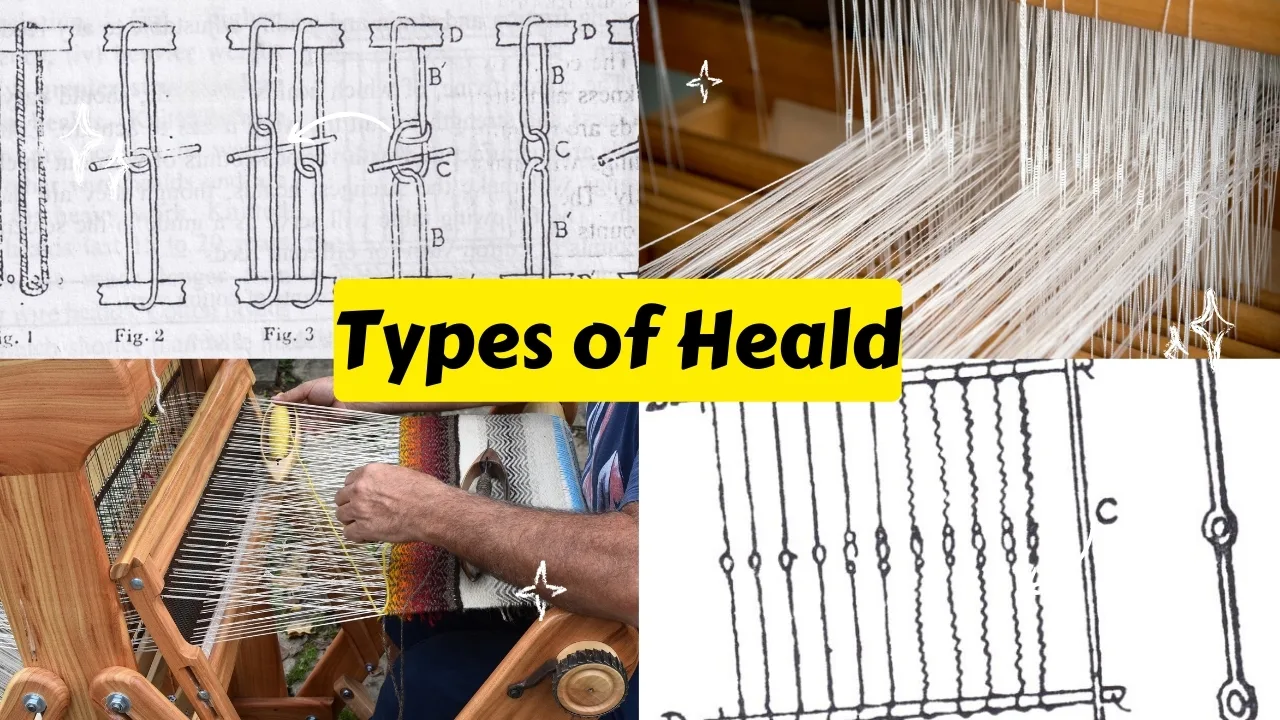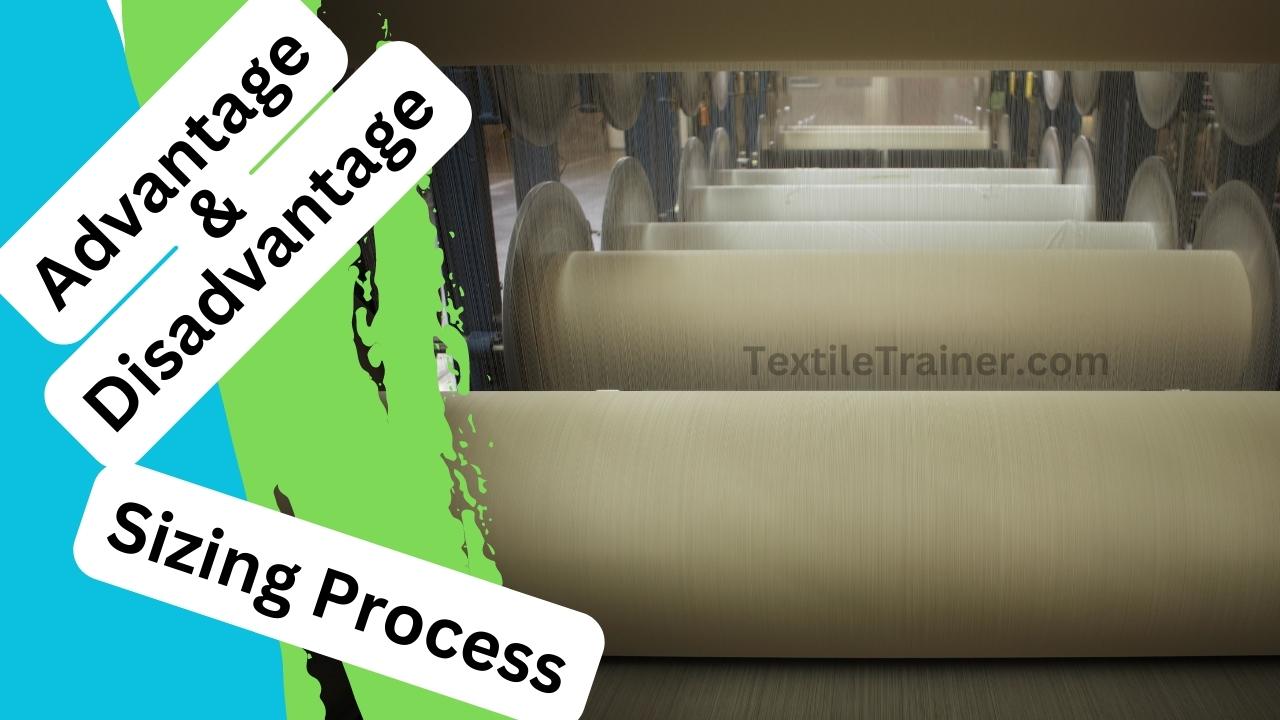Types of Winding Package With Advantage and Disadvantage
What is Winding?
Basically, winding involves transferring yarn from one package to another. It may seem as if the winding is a trivial process based on this simple definition. This process is important and necessary for ring spun yarn, especially because it performs the following functions.
- The winding process creates a yarn package that can be processed further.
- The winding process provides an opportunity to clear yarn defects.
Finally we can say, the process of winding yarns into a suitable package involves transferring them from rings, bobbins, and hanks. It may have electrical or mechanical components.
Object of Winding
- For weaving processes, this can be used to transfer yarn from one package to another.
- To remove yarns faults like hairiness, neps, slubs, of foreign matter.
- To clean yarn.
- To increase the quality of yarn.
- To get a suitable package.
- To sore the yarn.
Types of winding package
There are three types of winding package. They are:
- Parallel winding packages.
- Nearly parallel wound packages.
- Cross wound
1. Parallel winding:
The threads of the warp beam are laid parallel to one another. A flanged package or beam is necessary for parallel packaging. Otherwise, the package would not be stable and would collapse. It is not necessary to traverse.
Example: warp beam, weavers beam

Advantage:
- Many yarns can be wound at a time on the package.
- No need of traversing mechanism.
- Side withdrawal is not possible.
- Yarn density is more.
- No change of numbers of turns per inch.
Disadvantage:
- Two side of the packet need flanged.
- For yarn unwinding need separate mechanism.
- Can not be over with drawl.
2. Near parallel wound:
This type of package usually has one yarn end wound on it. Near parallel wound packages are not self-supporting. Therefore, flanges, shoulders, or tapering are necessary for stability at the package’s ends.
Example: cop, flanged bobbin, pirn

Advantage:
- No need flanged.
- Can be side withdrawal.
- No change of number of yarns turns per inch during winding.
Disadvantage:
- Need of traversing mechanism.
- Side with drawl is not possible.
3. Cross-wound package:
Single yarn ends are wound on the package at considerable helix angles, generally less than 800. Since this type of winding provides package stability, the edges do not need to be tapered or flanged. In this case, a cone or tube could be used to wind.
Example: Cone, Cheese

Advantage:
- No need of flanged.
- Can be over withdrawal.
- Yarn packages are stable.
Disadvantage:
- Number of yarns turns per inch is changed in this method.
- Quality of yarn is less.
- Need of traversing mechanism.
Types of winding machine
a. According to package:
- Flanged bobbin winding machine.
- Cone winding machine.
- Cheese winding machine.
- Pirn winding machine.
- Cop winding machine.
b. According to winding:
- Precision winding machine.
- Non-precision winding machine.
c. According to drive:
- Direct drive winding machine.
- Indirect drive winding machine.
d. According to types of yarn use
For Warp Yarn:
- Upright spindle winding machine.
- Drum/cylinder winding machine.
- Warp winding machine.
- Cheese winding machine.
- Spool winding machine.
- Cone winding machine.
For Weft Yarn:
- Ordinary pirn winding machine.
- Automatic pirn winding machine.
- Cop winding machine.
What is winding Efficiency?
Winding efficiency: the percentages expression of the ratio of the actual production to be calculated production is called winding efficiency.

Actual production > calculated production
Factors upon which winding efficiency depends
- Spindle/drum speed.
- Capacity utilization.
- Yarn count.
- Yarn quality.
- Doffing time.
- Creeling time.
- Worker efficiency.
- Work load per worker.
- Power failure.
- Maintenance and over hauling.
- Humidity
Newer spinning technologies have resulted in a situation where yarn clearing and package quality have become part of the spinning process rather than separate processes. It is even more important to provide defect-free spun yarn in properly formed packages. Considerations for packaging include the condition of the core, the provision of yarn transfer tails, properly formed knots or splices, the elimination of internal defects, such as slubs, sloughs, tangles, wild yarn, scuffs, and ribbon wind, as well as the elimination of external defects, including over-winding, cobwebs, abrasion scratches, poor packaging design, density and unwindability.



